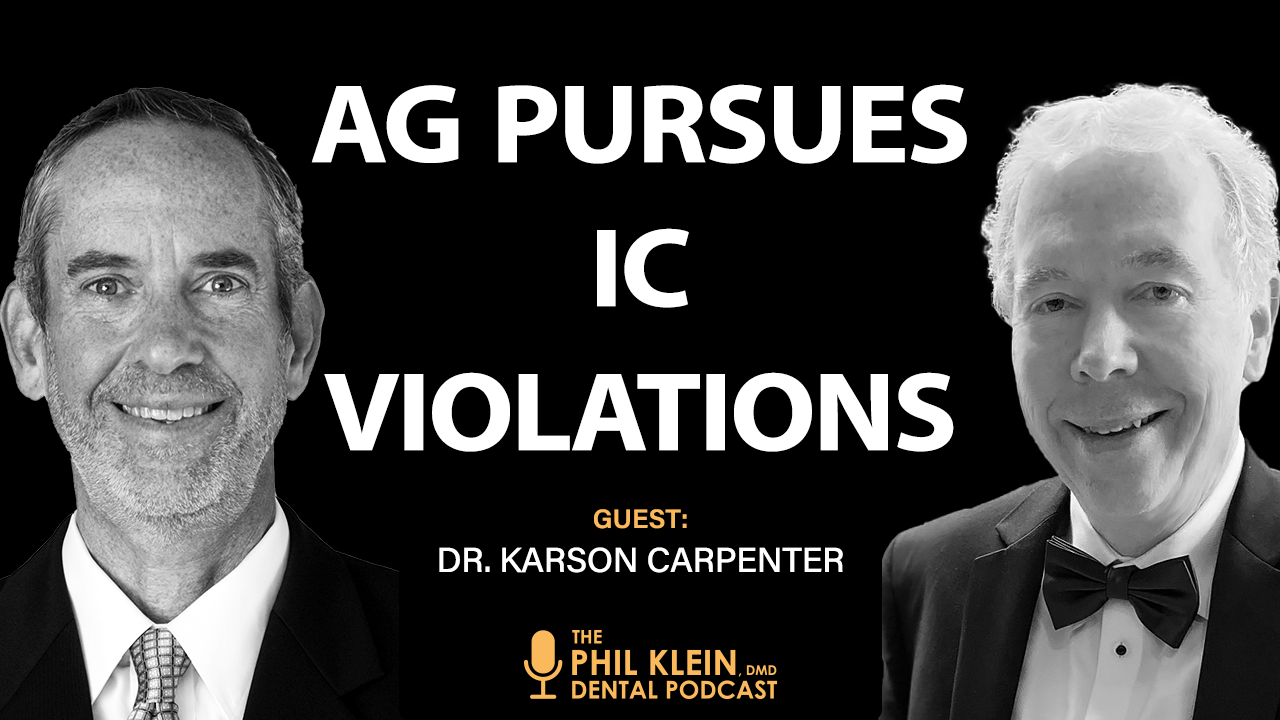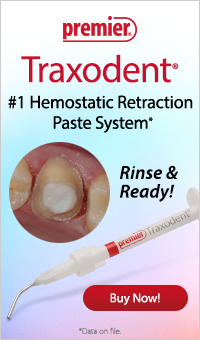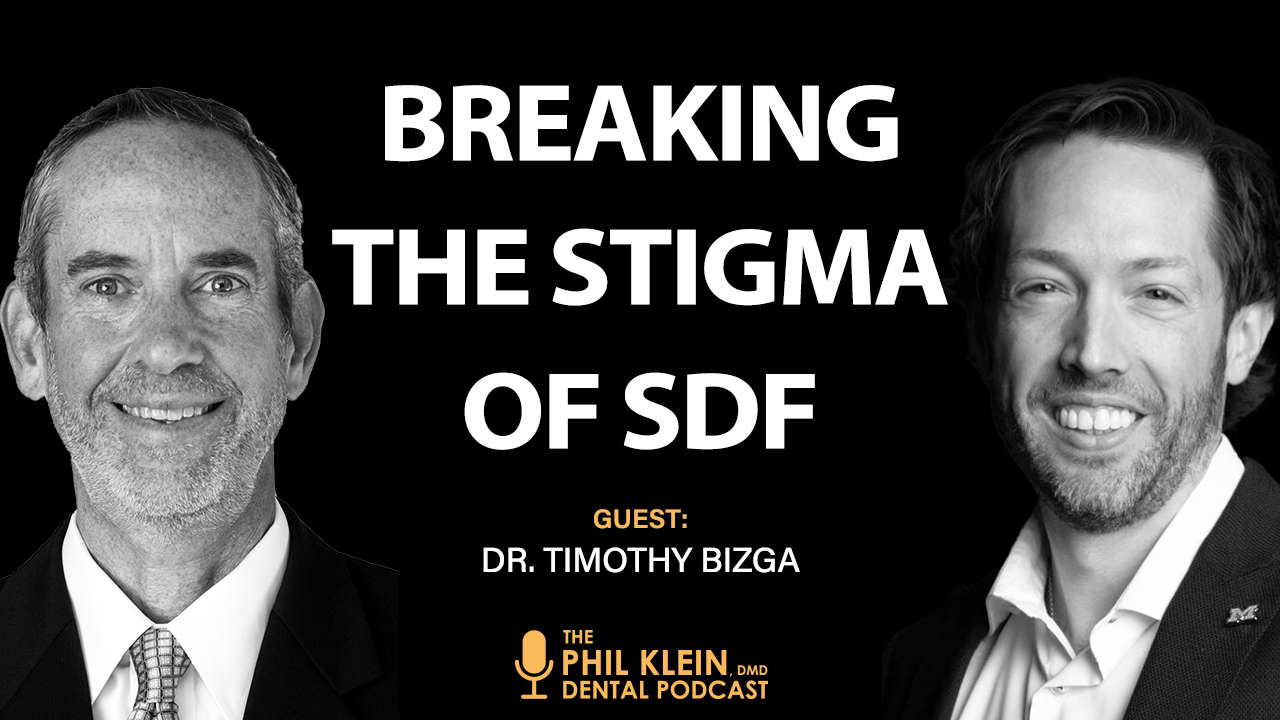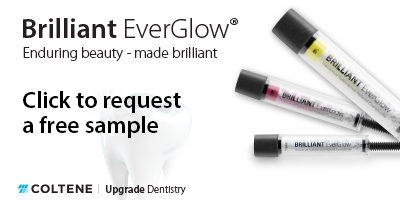
Managing Cognitive Biases that Compromise Infection Prevention and Control
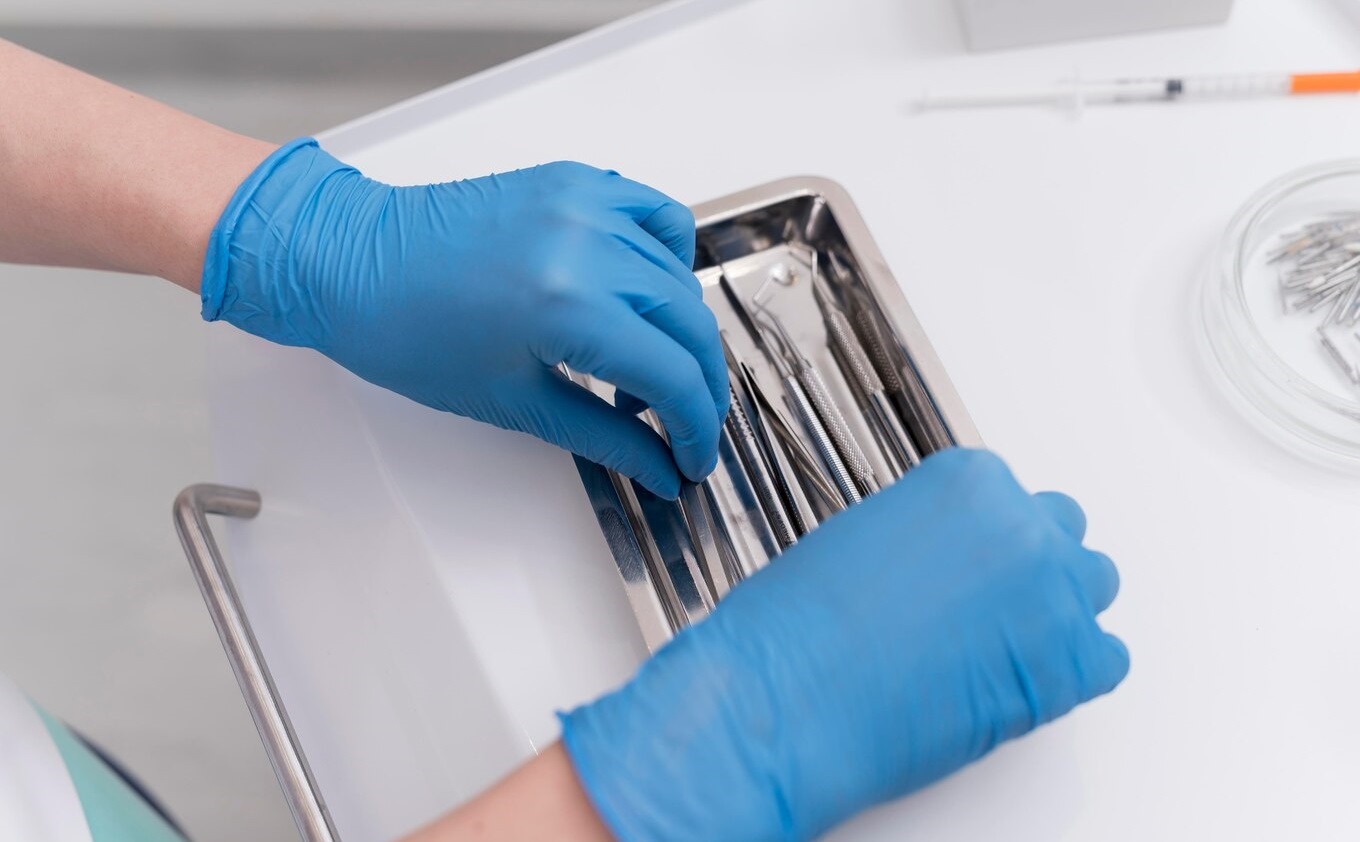
What are your personal cognitive biases? More importantly, how are these biases manifesting in your dental practice? If you’re like many practitioners, your cognitive biases might be causing you to cut corners, ignore best practices, have errors in judgement or do other things that can compromise your infection prevention and control practices.
How can you address this problem? To find out we spoke with
Michelle Strange, RDH, a practicing dental hygienist and owner of Level Up
Infection Prevention. Ms. Strange has over 20 years of experience in the dental
field, has earned advanced degrees in health science and dental hygiene
education, and shares her expertise through various platforms.
What are cognitive biases?
Cognitive biases are mental shortcuts or thought patterns that influence your thinking and decision-making, leading you to process information in a selective and subjective manner.
Ms. Strange’s “a ha moment” in this area came years ago when she took on the role of Infection Control Coordinator in her office. “I quickly saw how human behaviors, and even our own personal beliefs, could significantly influence how we adhere to guidelines,” she shares. “I witnessed firsthand how minor slips in infection control can lead to more serious consequences. This really sparked my curiosity regarding the ‘why’ behind those behaviors.”
As it turns out, why we do what we do is often driven by
cognitive biases.
6 types of cognitive biases that might be getting in your way
Some of the most common cognitive biases that Ms. Strange sees in dental offices are:
1. Overconfidence
Bias – Someone underestimates the risks, believing that because
they’ve never contracted an illness in the past they do not need to be as
diligent with PPE (Personal Protective Equipment) now.
Ms. Strange sees this more commonly with the veterans in the industry. “I don’t
have to wear gloves,” they might say. “I’ve been sticking my hand in who knows
how many mouths for 20 years and I’m fine!” Until, of course, they’re not fine.
2. Normalcy
Bias – This is a person’s tendency to believe that something is
unlikely to happen because it has not happened in the past in their experience.
“They just kind of brush it off,” Ms. Strange observes, “because it’s not their
normal.”
Remember, just because you have not yet experienced something does not mean
that it is not possible. Five years ago if you had suggested that we all need
to be prepared for a worldwide pandemic that would bring much of life to a
halt, most people would have brushed this off as far-fetched. It was not part
of their “normal.” Then it happened.
3. Confirmation
Bias – Confirmation bias is the tendency to interpret new
information as confirmation of your existing beliefs – and to only look for
things that confirm what you already believe, while not being open to other
ideas. For example, when an infection control expert shows you the proper way
to wear a mask, you respond by immediately looking for something to prove that the
way you’ve been wearing your mask is the correct way.
4. Belief
Bias – “This is when you evaluate the strength of an argument
based on the believability of its conclusion,” states Ms. Strange. “For
instance, if someone has a pre-existing belief that PPE isn’t necessary for
protection, they might just disregard evidence showing that PPE actually does
reduce the risk of infection.”
5. Legacy
Bias – Legacy errors are those that are passed from one employee
to another, to the point where they can even move between generations of
employees via on-the-job training. A legacy error is a mistake or misconception
that continues to be repeated. A legacy bias is a bias in favor of doing things
“the way we’ve always done it.”
Some of the common legacy errors that Ms. Strange sees regarding masks are
wearing the mask on the wrist, not changing masks between patients, wearing the
mask below the nose and forgetting that masks need to be treated as medical
waste.
6. Cognitive Dissonance –
Cognitive dissonance refers to having inconsistent thoughts, beliefs or
attitudes, such as holding two conflicting beliefs. A common example of
cognitive dissonance that Ms. Strange sees in dental practices is dental
professionals who understand the extreme importance of PPE, but find PPE
cumbersome and uncomfortable and therefore do not want to use it.
Cognitive biases and your office’s PPE
In addition to impacting your behaviors around wearing and using PPE, cognitive biases can also be impacting what type of PPE you purchase for your office.
For example, you might rationalize that “gloves are gloves,” so why not buy inexpensive gloves? “I’ve already figured out how much I’m going to save in a year by buying a whole case of these cheap ones every other month instead of buying the expensive brand,” you might think. And then your confirmation bias or your belief bias will prevent you from seeing any evidence that the cheap gloves may not be a good idea.
In reality, though, the quality of your PPE is very important. For example, if the cheap gloves don’t fit well and are not comfortable, you and your staff members will be constantly fidgeting with them. No one will be able to handle instruments well or get that tactile feel with their instruments.
As Ms. Strange explains, you even need to think about the details. For instance, how are the gloves packaged in a box? “I never thought about this until about five years ago,” she admits, “when Cranberry showed me their box where the gloves are just pulled out by the cuffs. So you’re pulling these gloves out in a way that has good aseptic technique, and you’re not accidentally pulling 12 out of the box at once.”
Spending extra on high-quality PPE is not just good for
infection control, it can also be good for employee retention. High-quality PPE
sends the message that you care enough about your staff members’ safety and
comfort that you’re willing to spend extra for PPE that fits and works well.
How do you overcome problems related to cognitive biases regarding PPE?
Ms. Strange recommends that you take a variety of steps to foster a culture of safety. “It’s all about communication and training!” she exclaims.
You should:
· Emphasize safety – This
is something that you really need to do from the top down. Leadership plays a
pivotal role in setting the tone and showing that everyone’s health and safety
are a top priority. “Highlight that PPE is not just a policy,” advises Ms.
Strange, “but a practical tool to protect everyone, patients and team members,
even your family. It’s about creating that safe environment for every single
person who walks in and out of that door.”
· Be transparent – “Be
clear about why PPE is necessary,” Ms. Strange suggests, “why you’re putting
this expense into it, why you’re being thoughtful about the products that you
are using. Explain the science and the real-life statistics behind its use in a
very straightforward way.”
Also, be aware that when people understand the “why” behind actions, they’re
more likely to commit to them. So, for example, if you’re changing PPE
products, explain why.
· Provide thorough training – You
must have education. You must provide training sessions and updates on correct
use. Ideally you should do your best to make this training fun and interesting.
As part of these training sessions, it’s a good idea to discuss the cognitive
biases that people may have, and how these biases may be impacting their
actions.
· Encourage self-audits –
Once a week Ms. Strange likes to do a self-audit regarding her habits. This
helps prevent the problem of bad behaviors continuing indefinitely. Be aware of
your actions, thoughts and emotions, and whether these are helpful or not.
Questions that staff members can ask themselves include: Am I wearing my PPE
correctly? Did I take my gloves off in the proper way? Is my mask on properly?
· Show empathy –
Recognize that wearing PPE can be uncomfortable or inconvenient. Acknowledge
these feelings very openly, and then emphasize what needs to be done.
· Be kind and gentle – If
you need to point something out to a colleague, do so kindly, gently and
without shame. For example, you can say something like, “May I give you some
thoughts on some observations I saw today (or that I keep seeing)?” Remember,
at the end of the day, it’s all about safety. It’s should never be about making
someone feel bad.
Conclusion
Our cognitive biases can have a significant impact on our adherence to PPE guidelines. Because of this we tend to get stuck in the echo chamber of our minds and then do everything we can to rationalize why our behaviors are okay, even when they are not. It’s really important that we recognize what’s happening, break the pattern and then help our staff members do so as well.
“We’re not robots. We are humans,” says Ms. Strange. “Our
habits are things that happen in small increments over time, and we often have
no clue that we’re even doing those things. So give yourself some grace,
realize that you have habits, we all do, we just have to get a hold of them.”









